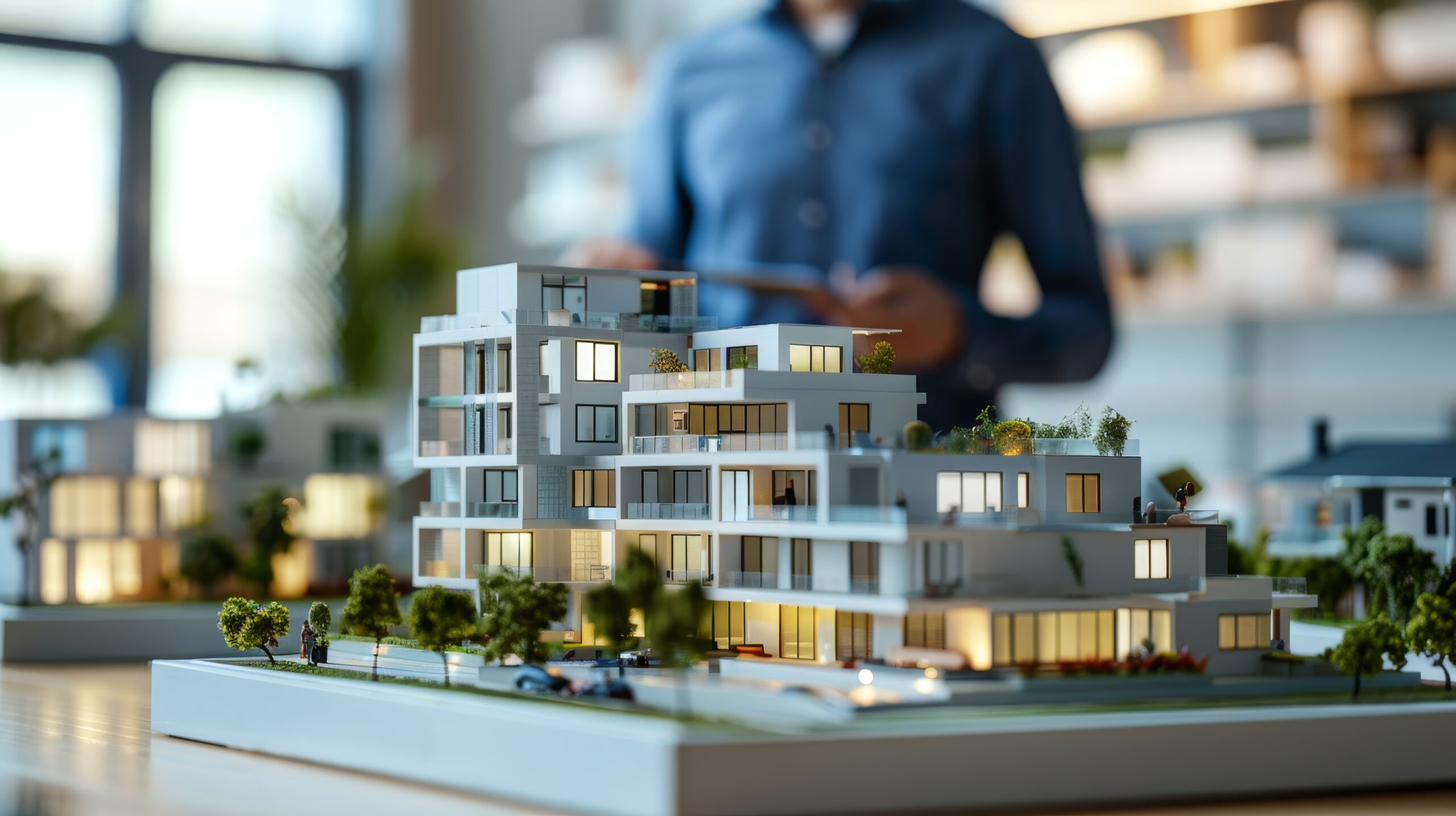As a real estate broker who has spent years navigating the ever-evolving market in West Palm Beach, Florida, I’ve witnessed many trends come and go. However, one trend that has shown remarkable staying power is the rise of mixed-use developments. These projects, which combine residential, commercial, and sometimes even industrial spaces within a single property or neighborhood, are transforming the landscape of real estate. For investors, mixed-use developments present a unique blend of opportunities and challenges that require a careful and strategic approach.
The Appeal of Mixed-Use Developments
The concept of mixed-use developments isn’t entirely new, but their popularity has surged in recent years. This can be attributed to several factors, including changing lifestyles, urbanization, and the desire for more sustainable and convenient living environments. For real estate investors like myself, the appeal of mixed-use developments lies in their potential to create vibrant, self-sustaining communities where residents can live, work, and play without needing to travel far.
In West Palm Beach, I’ve seen firsthand how these developments can enhance the appeal of a neighborhood. By integrating residential units with retail shops, restaurants, office spaces, and recreational facilities, mixed-use developments offer a level of convenience and accessibility that is increasingly in demand. For investors, this translates to higher occupancy rates, increased property values, and the potential for diversified income streams.
One of the key advantages of mixed-use developments is their ability to attract a wide range of tenants and buyers. Whether it’s young professionals looking for a live-work environment, families seeking a community-oriented lifestyle, or businesses wanting to tap into a built-in customer base, mixed-use developments can cater to various needs. This diversity not only enhances the long-term viability of the development but also helps mitigate risks by reducing reliance on a single market segment.
Opportunities for Investors
From an investment perspective, mixed-use developments offer several compelling opportunities. First and foremost is the potential for higher returns. By combining multiple property types within a single development, investors can benefit from multiple revenue streams. For example, residential units generate rental income, while commercial spaces can provide steady cash flow from retail tenants or office leases. This diversification of income sources can create a more stable and resilient investment, particularly in times of economic uncertainty.
Moreover, mixed-use developments often benefit from a premium in property values. The convenience and lifestyle benefits they offer make them attractive to buyers and renters, driving demand and, in turn, pushing up property prices. In West Palm Beach, I’ve observed that properties within mixed-use developments tend to appreciate more quickly than traditional single-use properties, making them a valuable addition to any investment portfolio.
Another significant opportunity lies in the growing demand for sustainable and eco-friendly living environments. Many mixed-use developments are designed with sustainability in mind, incorporating green spaces, energy-efficient buildings, and alternative transportation options. This not only appeals to environmentally conscious buyers and tenants but can also qualify for incentives and tax breaks, further enhancing the investment’s profitability.
Challenges to Consider
While the opportunities are enticing, investing in mixed-use developments is not without its challenges. One of the primary challenges is the complexity of managing and maintaining such developments. Unlike single-use properties, mixed-use developments require a more sophisticated approach to management, as they involve coordinating various types of tenants and ensuring that the different components of the development work harmoniously together.
For instance, balancing the needs of residential tenants with the operations of retail businesses can be tricky. Noise, traffic, and foot traffic are all factors that need to be carefully managed to maintain a positive living and working environment. Additionally, the diverse nature of mixed-use developments means that investors must be well-versed in managing different property types, from residential units to commercial leases, each with its own set of regulations and requirements.
Financing can also pose a challenge. Mixed-use developments typically require significant upfront capital and can be more difficult to finance than traditional single-use properties. Lenders may perceive these projects as higher risk due to their complexity, and securing financing often requires a well-thought-out business plan that demonstrates the project’s potential for success. This can be a hurdle for investors who are new to this type of development or who lack experience in managing large, multifaceted projects.
Furthermore, the success of a mixed-use development often hinges on its location. While this is true of all real estate investments, it is particularly critical for mixed-use projects. The development needs to be situated in an area with sufficient demand for the various types of spaces it offers. Poor location choices can lead to vacant units, underperforming commercial spaces, and ultimately, lower returns on investment.
The Future of Mixed-Use Developments
Looking ahead, I believe mixed-use developments will continue to play a significant role in the real estate landscape. As urbanization accelerates and people increasingly prioritize convenience and sustainability, the demand for these integrated communities will likely grow. For real estate investors, this presents an opportunity to be part of a transformative trend that is reshaping how we think about living and working spaces.
However, success in this arena requires more than just enthusiasm. It demands a deep understanding of market dynamics, a willingness to navigate complex management challenges, and a strategic approach to financing and development. For those who can master these aspects, mixed-use developments offer the potential for robust returns and the satisfaction of contributing to the creation of vibrant, sustainable communities.
As I continue to explore and invest in mixed-use developments, I remain excited about the possibilities they hold. By staying informed about market trends, embracing innovation, and carefully selecting the right projects, I am confident that these developments will continue to be a valuable part of my real estate portfolio and a significant contributor to the growth and vitality of West Palm Beach.
